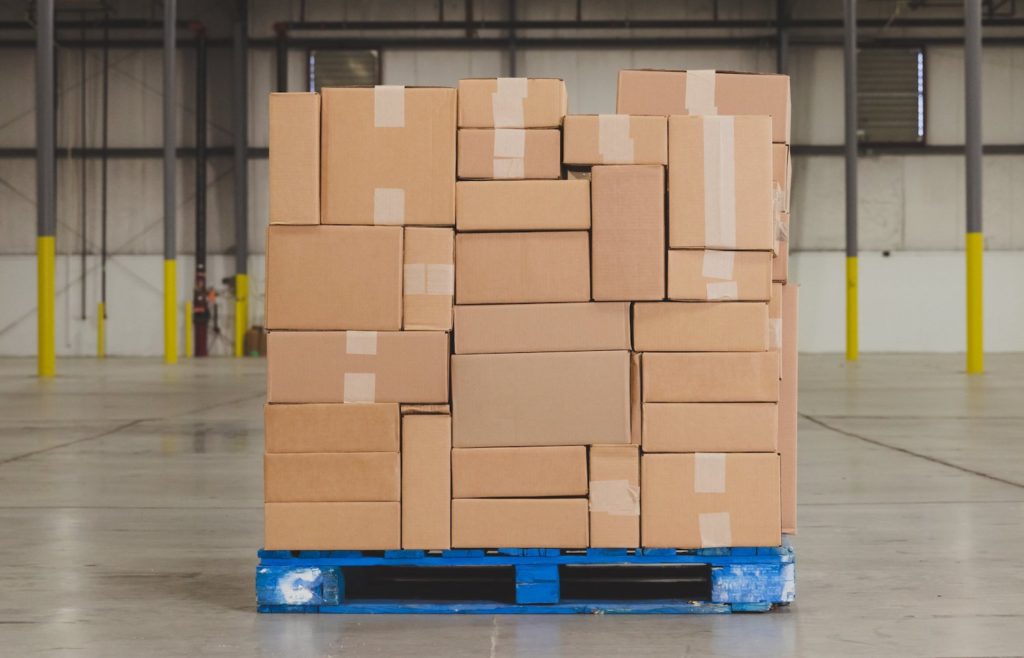
Supply Chain Optimization: What You Need to Do It Right
Is Supply Chain Optimization Achievable?
There likely isn’t an organization in any industry that wouldn’t say they’d like to optimize their supply chain. And why not? Supply chain optimization results in a supply chain that runs efficiently and cost-effectively and results in value delivery. Achieving such optimization is not easy, but it is attainable with the right approach.
The Facts Behind Supply Chain Optimization
Business Continuity Institute’s BCI Supply Chain Resilience Report 2018 surveyed 589 professionals across 76 countries and found that 56 percent of respondents suffered some type of supply chain disruption in the past 12 months, including adverse weather. Of those organizations, 62 percent said they suffered financial consequences from the disruption, 54 percent said logistic consequences, and another 54 percent said their brand reputation took a hit. There is a clear and present danger to a supply chain that isn’t optimized.
While consequences are many, wasted spend is another risk. After citing the BCI report, Forbes said, “Our company’s research concluded that many small and medium businesses could reduce their shipping costs by almost 30% if they were not forced to make last-minute air shipments due to foreseeable, preventable delays.” This brings up another point.
Those last-minute air shipments are typically due to poor visibility into weather and climate events early enough in the planning phase. When logistics leaders lack the predictive analytics required to determine risks such as these to every shipment, they are forced to make impulse decisions instead of calculated ones. Rapid decisions are fine and good but only if they are backed with reliable data. If not, those decisions are most likely knee-jerk reactions that have a much greater risk for resulting in poor consequences.
Related: Predictive Analytics Tools Have Changed Logistics Forever
In fact, poor visibility into the supply chain and data is one of the primary reasons why so many companies continue to struggle with supply chain optimization. The BCI report discovered that nearly 70 percent of respondents said they lack full visibility into their supply chains and 30 percent do not even analyze the source of their supply chain disruptions. What you can’t see can hurt you, as evidenced in the statistics cited in the BCI study.
While “Unplanned IT or telecommunications outages” topped the list of the threats that caused the most significant supply chain disruption at 53 percent, the number two most cited threat, at 41 percent, was adverse weather. “Cyber attack and data breach” came in a distant third at 33 percent. This is an interesting finding given that The 2019 Travelers Risk Index found that cyber risks are the number one concern among businesses of all sizes, with 55 percent of business leaders surveyed saying they worry some or a great deal about cyber risks. While the fear of cyber attacks keeps business leaders up at night, the reality is adverse weather appears to have a greater impact on the supply chain and the business.
Business leaders, therefore, need to focus on the right priorities. When it comes to adverse weather, there are solutions that make something seemingly uncontrollable remarkably predictable. While not every weather event can be anticipated, most can be detected, analyzed and mitigated early enough in the planning process to give organizations time to modify plans.
Combatting Adverse Weather Events and Other Risks with Technology
The only way to be able to mitigate risks is to know they exist. The first thing leaders must do is recognize the threats bad weather and extreme climate events can have on their ability to ship product to its intended destination on time and in full (OTIF). OTIF commitments are just one more thing leaders must worry about when it comes to the consequences of poor supply chain optimization. When weather and climate events delay or damage shipments, companies suffer all three of the consequences mentioned above: financial, logistics and reputational damage. Financial damage often includes fines levied by companies that enforce OTIF requirements.
Related: OTIF Calculations: Not as Simple as You Think
One of the keys to supply chain optimization is to have the right data available at the right time in order to make the right decisions. This requires technology. Predictive analytics and machine learning are giving companies the insight they need early in the logistics planning process so leaders can make data-backed decisions that lead to better performance.
The intelligent technology provides several capabilities manual processes and legacy systems fail to deliver.
Detection
Companies have to first be able to detect the risks that face each shipment along the entire shipment route. Bad weather and extreme temperatures are just some of the issues freight faces during its journey. There can be social hazards, natural disasters, and infrastructure outages as well. The software considers shipment details and simulates the shipment’s lifecycle given the most likely threats. By scoring these threats, leaders can quickly see where to turn their focus and decide on mitigation strategies.
Analysis
Once leaders can detect threats with greater accuracy, they need to know the timing of those threats. Even though a risk may be somewhere along the route of the shipment, it does not mean that shipment will be in the area of the risk when the risk presents itself. For instance, a flood event may be likely, but perhaps not until six hours after the shipment is planned to travel through the risk area. On the other hand, the analysis may show that the timing is too risky, giving planners time to reroute or reschedule the shipment to minimize that risk.
Of course, this only works if the analysis comes early enough to give leaders time to make those risk mitigation plans. The earlier leaders can see forecasts and understand connections and dependencies, the sooner they can make decisions that ensure little to no impact on the supply chain. That is supply chain optimization in action.
Decisioning
Going a step further than detection and analysis, predictive analytics automatically provides lower-risk alternatives to decision-makers. Instead of hashing out what mitigation efforts should be implemented, leaders already have the best options in front of them, saving even more time and reducing the risk of making the wrong decision.
This capability comes into play when we go back to the statistic above that found small and medium businesses could reduce their shipping costs by almost 30 percent if they were not forced to make last-minute air shipments due to foreseeable, preventable delays. When companies can see those impending issues, and they have technology that considers the lifecycle of that shipment and provides alternatives, they can see whether air shipment costs are worth the investment.
The software tells leaders how much risk is involved with each shipment mode scenario. Instead of assuming air is the only way to go, leaders can see the alternatives, what those would cost, and what impact they would have on delivery commitments.
Admittedly, there is much that goes into supply chain optimization. One part of that has to be minimizing the risks inherent with adverse weather events and extreme temperatures. Powerful technology is readily available to give companies the visibility, data, and automation they need to make smarter decisions faster. Remember, timing is everything. All of the data in the world is useless if it doesn’t come in time to operationalize it.



